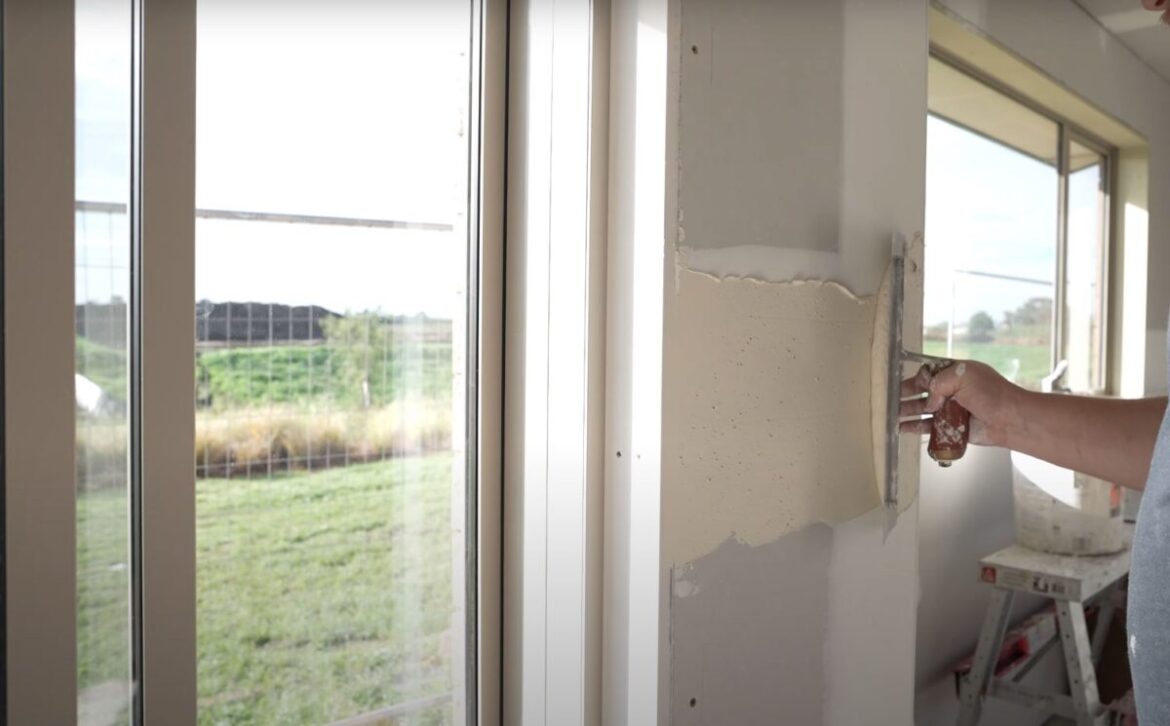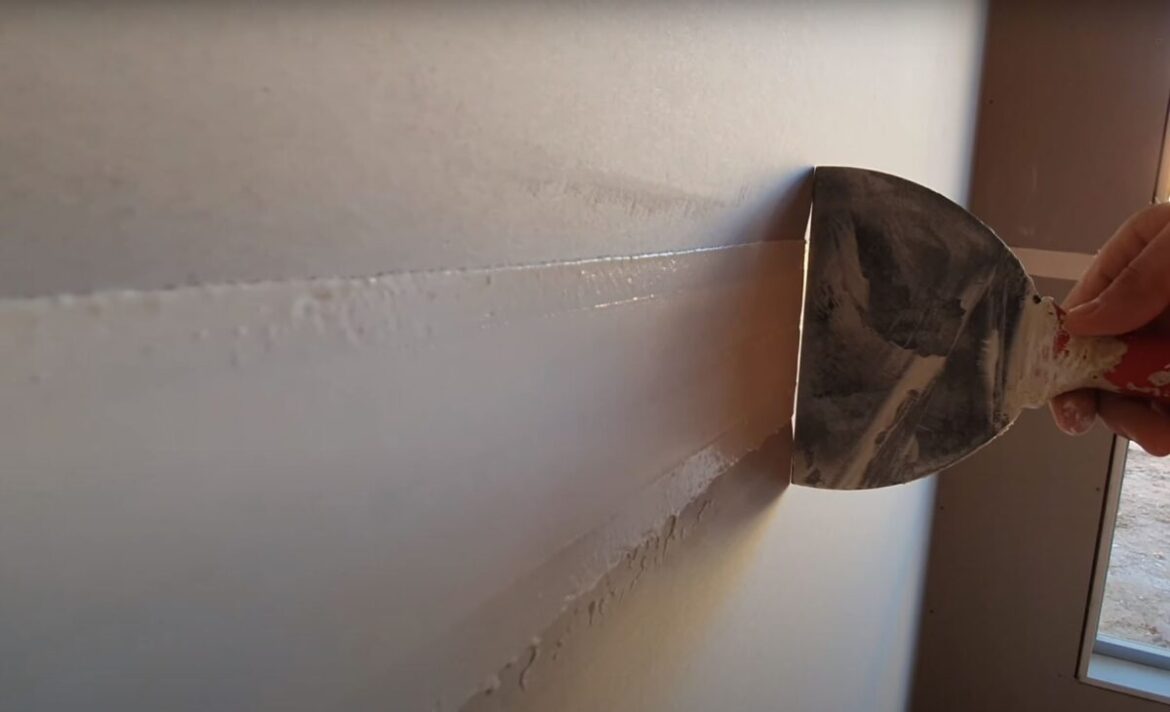How Long Does It Take for GIB Plaster to Dry? Decoding the Plastering Process
The Science of Plastering: What Goes Behind Those Smooth Walls
When you decide to plaster a wall in your Ponsonby home or even a commercial establishment in Remuera, the main ingredient you’re dealing with is GIB plaster. At its core, GIB plaster consists of gypsum, a naturally occurring mineral. When mixed with water, gypsum molecules reconfigure and bond together, forming an interlocking network. This process, called hydration, is what allows the plaster to set and harden. As the water evaporates and the gypsum bonds strengthen, the plaster dries.
Factors Affecting the Drying Time of GIB Plaster
Several factors influence how quickly GIB plaster dries:
- Temperature and Humidity: On a humid day in Mt. Eden, GIB plaster will naturally take longer to dry than during a drier day in Waitakere.
- Type of Plaster: There are several plaster products available, and each has a unique drying time. Some are designed for quick patch jobs and can dry within hours, while others might take days.
- Thickness of Application: A thicker layer will need a more extended period to dry, given the greater water content.
Typical Drying Times: What Can You Expect?
For standard GIB plaster applications, you’re typically looking at:
- Initial Set: Within 20-30 minutes
- Firm Set: Around 45 minutes to 1 hour
- Complete Dry: Between 24 to 48 hours
However, remember, these are just benchmarks. Factors listed above can significantly impact these times.
Safety Considerations and Risks
Safety should always be paramount. Here are a few aspects to consider:
- Wet Plaster: Always mark out freshly plastered areas. Wet plaster can be a slipping hazard.
- Ventilation: Especially in enclosed spaces like garages in Ponsonby, ensure you have adequate ventilation. This aids the drying process and disperses any potential fumes.
- Equipment: Use safety goggles to protect against splashes and wear gloves, especially when dealing with additives or fortifiers.
Maximising the Quality of Plastered Surfaces
- Preparation is Key: Ensure surfaces are clean, dust-free, and primed if necessary.
- Consistency: Mix plaster according to manufacturer guidelines, ensuring a lump-free consistency.
- Methodical Application: Always apply in thin, even layers. This ensures quicker drying and reduces the risk of cracks.
- Post-application care: Avoid direct sunlight or artificial heat sources, which can cause uneven drying.
Council Bylaws and Recommendations
Before commencing any plastering project in Auckland, it’s prudent to check local council bylaws. While plastering may seem straightforward, specific guidelines, especially for commercial properties or heritage buildings, must be adhered to.
In a Nutshell:
Understanding the drying times of GIB plaster isn’t just a matter of clock-watching. It’s about comprehending the science behind it and recognising the external factors that can influence it. By ensuring optimal conditions and understanding the technical aspects, you can achieve a pristine finish on any plastering project. For expert guidance and impeccable GIB stopping and plastering services, consider reaching out to Your Plasterers Auckland. They bring experience, professionalism, and a wealth of knowledge to every project.
Key Takeaways
- The Science Behind Drying: GIB plaster dries due to a process called hydration, where gypsum molecules bond together as water evaporates, solidifying the plaster.
- Factors Influencing Drying: The drying time of GIB plaster is affected by temperature, humidity, the specific type of plaster used, and its application thickness.
- Safety and Risks: Wet plaster can be a slipping hazard; ensuring good ventilation is vital, especially in confined spaces, and using safety equipment like goggles and gloves is crucial.
- Council Guidelines: Before starting plastering in Auckland, it’s essential to check with local council bylaws for any specific rules or recommendations.
Frequently Asked Questions About GIB Plastering
- What is the average drying time for GIB plaster?
Typically, GIB plaster takes about 24 to 48 hours to dry fully, but this can vary depending on environmental conditions and the type of plaster used.
- Can I speed up the drying process of GIB plaster?
While it’s essential to allow natural drying, using fans or dehumidifiers can help speed up the process. However, excessively fast drying can cause cracks or compromise the plaster’s quality.
- How can I tell if the plaster is fully dry?
The plaster will change from a dark, wet appearance to a light, solid colour. Touching it gently with fingertips – it should feel firm and not sticky.
- Is it okay to paint or wallpaper over partially dried plaster?
No, it’s crucial to wait until the plaster is completely dry. Painting or wallpapering too soon can lead to bubbles, peeling, or other damage to the paint/wallpaper and the plaster underneath.
- Are there specific plaster products recommended for Auckland’s climate?
Given Auckland’s humidity and weather conditions, it’s beneficial to consult local suppliers or experts like “Your Plasterers Auckland” to get recommendations tailored to the local climate.
Are Plasterers in High Demand in Auckland?
Plastering services are essential components of both new construction projects and renovations. Over the past few years, Auckland has experienced a surge in demand for plasterers, with the trend expected to continue.
The Driving Factors of Demand
Several factors are driving the demand for plastering services in Auckland. The first is the city’s ongoing housing boom, fuelled by population growth and investment in infrastructure. The demand for housing directly translates into a need for skilled tradespeople, including plasterers.
Exterior Plastering and Seasonal Variations
Exterior plastering is a highly sought-after skill, particularly during Auckland’s warmer months. As the wet and cold winter weather can adversely affect plaster application and drying, there is a significant increase in demand for exterior plasterers in the summer months. Property owners and builders tend to schedule plastering work during this period, resulting in a spike in demand for plastering services.
Interior Plastering and Gib Stopping
Interior plastering services, especially gib stopping, are always in high demand in Auckland. Gib stopping is a crucial part of interior wall finishing, providing a smooth surface for painting or wallpaper. As Auckland’s housing boom continues and more houses are being built, the demand for skilled gib stoppers has increased.
Plaster Repair and Solid Plastering
With Auckland’s abundance of older homes, particularly in suburbs like Ponsonby and Grey Lynn, the demand for plaster repair and solid plastering services is high. These older properties often require significant maintenance and renovation work, contributing to the steady demand for plasterers skilled in restoration work.
Stucco Work and Aesthetic Appeal
Auckland’s residential aesthetic is diverse, with numerous homes boasting a stucco finish. Stucco work is a specialist skill within the plastering trade, contributing to the overall high demand for plasterers in Auckland. A well-executed stucco finish adds a timeless appeal to homes and is increasingly popular in suburbs like Herne Bay and St Mary’s Bay.
The Business Cycle Impact
The business cycle significantly affects the demand for plasterers. In periods of economic expansion, when there is substantial investment in construction and property development, the demand for plastering services increases. Currently, New Zealand is experiencing robust growth in the construction sector, leading to a heightened need for tradespeople, including plasterers.
The Supply of Skilled Plasterers
While the demand for plastering services in Auckland remains high, there is a noticeable shortage of skilled plasterers. This discrepancy has resulted in plastering services being in high demand across the region. For those considering a career in the trades, plastering offers excellent opportunities due to this persistent demand.
Conclusion
To answer the question “Are plasterers in high demand in Auckland?” – Yes, they are. Whether for new builds, renovations, or restoration of character homes, plasterers have an essential role to play in Auckland’s thriving property market. With current trends and the impact of the business cycle, it’s safe to say that plastering skills will continue to be in high demand in the foreseeable future.


